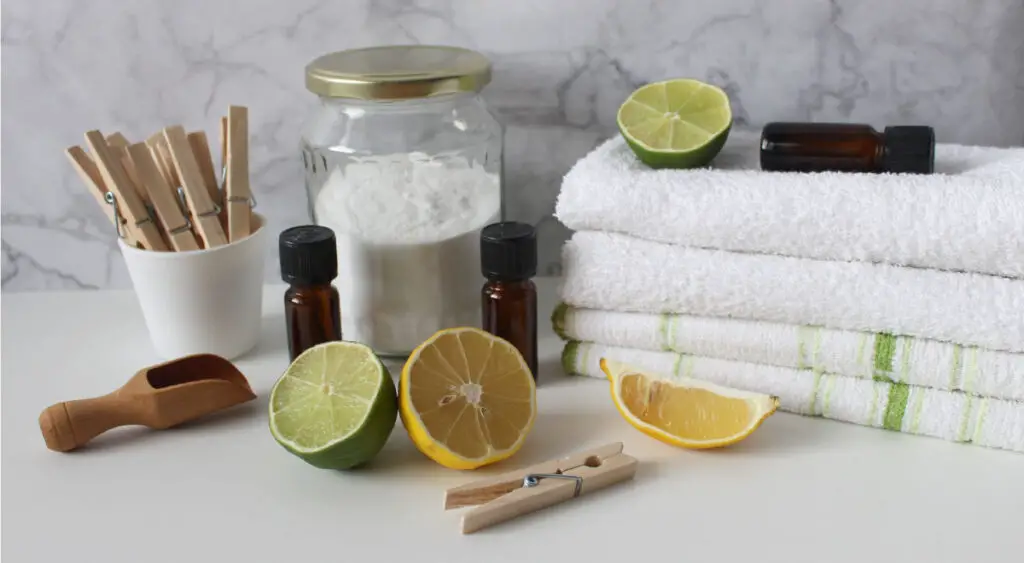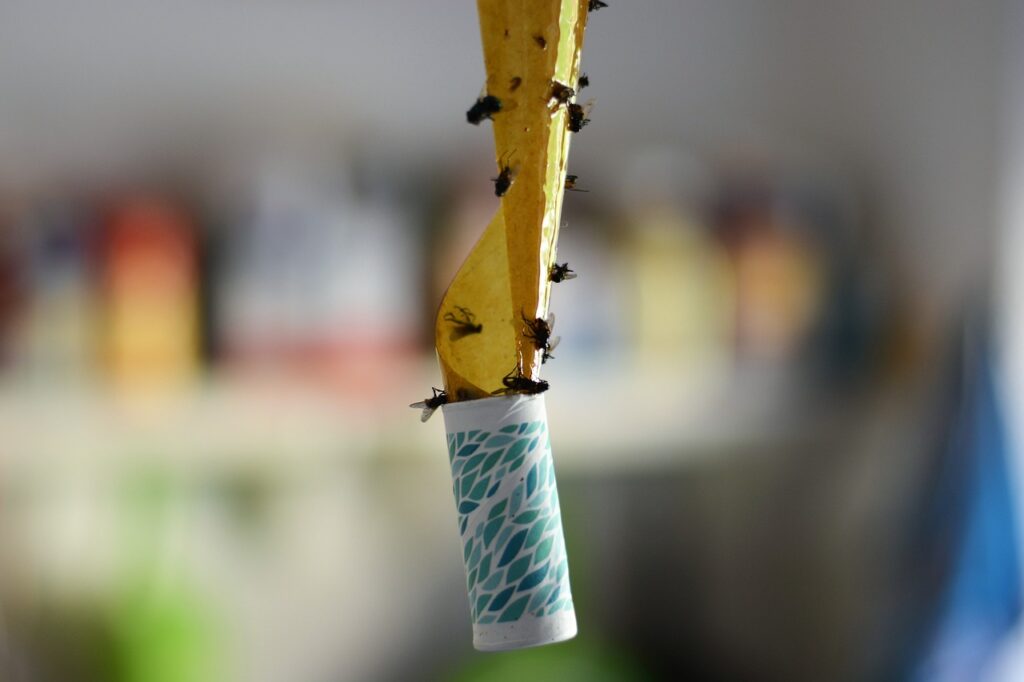Does your garden need a little boost? Maybe you’re looking for ways to make it greener or keep the pests away. Whatever the reason, Epsom salt just might be the answer!
Epsom salt, also known as magnesium sulfate, is a naturally occurring mineral that was first discovered in England’s Epsom and is commonly used in the bathroom to alleviate aches and pains, as well as internally as a laxative.
Besides its healing properties, it is also a secret weapon in the gardening world. Just a few tablespoons of Epsom salt added to the soil can provide plants, flowers, and trees with robust, healthy growth. In addition, Epsom salt can help improve the flavor of fruits and vegetables. And for gardeners dealing with pests, Epsom salt can be used as a natural insecticide. So next time you’re reaching for the Epsom salt in the medicine cabinet, consider also adding it to your gardening arsenal. With a little help from Epsom salt, you can achieve incredible results in your garden.
If you’d like to learn more about how to use Epsom salt and what you’ll get out of it in your home garden, keep reading.
1. Nix garden pests
Garden pests can be a real pain. You spend hours planting and caring for your garden, only to have it ruined by creatures that seem to appear out of nowhere. Slugs and snails are particularly troublesome, as they can quickly destroy leaves and flowers. Luckily, there is a way to deter these pests: Epsom salt.
While Epsom salt won’t kill snails and slugs, it will irritate them. This will cause them to avoid your plants, which will ultimately help to protect your garden. In addition, Epsom salt can also help to improve the health of your plants. The nutrients in Epsom salt will help to promote growth and prevent disease. As a result, using Epsom salt in your garden is a win-win: it will help to keep away pests while also making your plants healthier.
2. Makes fruit and vegetables sweeter and tastier
Epsom salt aids in the growth of plants that produce fruit and vegetables by increasing the chlorophyll within them. Plants with more chlorophyll have greater energy thus they produce more sugar. The more sugar there is, the sweeter the fruit.
3. Make nightshades plants plentiful
The nightshade family of plants includes some of the most popular crops in the world, including tomato, potato, eggplant, bell pepper, and chili pepper. All of these plants need a lot of magnesium to produce high yields. Epsom salt is an excellent source of magnesium, and it can also help improve the flavor of nightshades. In addition to providing magnesium, Epsom salt also helps to improve drainage and reduce moisture stress. It can also improve the flavor as well. So if you’re looking to get the most out of your nightshade crops, be sure to add some Epsom salt to your gardening routine.
4. Beautiful blooming roses and flowers
Few flowers are as beautiful or iconic as the rose. For centuries, these delicate blooms have been prized for their elegance and fragrance. However, roses can be notoriously finicky to grow, requiring careful attention and a delicate touch. Thankfully, Epsom salt can help give roses a boost, encouraging them to produce larger flowers with deeper colors. Epsom salt is rich in magnesium, which helps to promote photosynthesis and strengthen plant cells. As a result, rose bushes that are treated with Epsom salt tend to be more vigorous and productive. It affects the colors too, making them deeper and more vivid.
In addition, Epsom salt can help to discourage pests and disease, giving plants a better chance to thrive. For gardeners who want to enjoy the beauty of roses without all the hassle, Epsom salt is a true lifesaver.
5. Cures curling of the leaves
Leaf curl is a condition in which the leaves of a plant begin to curl inward, giving the plant a distorted appearance. Simply mix 1 tablespoon (15 ml) of Epsom salt into the soil around the plant, and water thoroughly. The magnesium in the Epsom salt will help to correct the nutrient imbalance in the plant, and the leaves should begin to uncurl within a few days.
6. Great lawn fertilizer
If your lawn isn’t flourishing, it’s probably lacking in magnesium. To revitalize your grass, use 3 pounds (1.35 kg) of Epsom salt for every 1,250 square feet (116 square meters) of grass, and then water it.
7. Tree stump remover
Stump removal isn’t always cheap, but if you don’t have the cash to get a stump removed, Epsom salt can help. Fill in the holes with Epsom salt, then drill into the stump and fill in the gaps. In a few weeks, the stump will begin to decay.
8. Get rid of stubborn weeds
If you want to cut down on weeding time mix 2 cups of Epsom salt with a gallon of vinegar and add some liquid detergent to the mix. With the help of a spray bottle, just spray on any weeds you want to vanish. Spray carefully not to harm plants you wish to save, or they will perish too.
9. Keeps the leaves neat and green
Any gardener knows that leaves are an essential part of a plant’s life cycle. They are the food factory of the plant, producing the vital nutrients that the plant needs to grow and thrive. By feeding your plants with magnesium sulfate your plant will be and will remain green. A tablespoon or 15ml is enough for 12 inches or 30cm of height. Apply this for a month.
10. Stops transplant shock
One of the most frustrating things that can happen to a gardener is transplant shock. When you put so much time and effort into moving a plant to a new location, it’s heartbreaking to see it start to die. Transplant shock happens when the roots of a plant are damaged during the transportation process. This damage can prevent the plant from taking up water and nutrients, leading to wilting and eventual death.
However, transplant shock is not inevitable. One way to help plants recover from transplant shock is to use Epsom salt, by adding it to the soil around your transplanted plants, you can help them overcome transplant shock and thrive in their new location.
11. The ability to remove splinters
Every gardener knows the frustration of dealing with splinters. No matter how careful you are, there always seems to be one waiting to sneak up on you when you least expect it. Thankfully, there is an easy way to remove splinters using Epsom salt.
Simply mix 30ml of Epsom salt with water and soak the affected area for a few minutes. The salt will help to draw the splinter out of your skin, making it easy to remove. Additionally, Epsom salt can also help to reduce swelling and relieve pain. So the next time you get a splinter while gardening, reach for the Epsom salt instead of struggling with tweezers.
12. “Frizzle top” savior
One of the most typical sights in sunny climates is palm trees with yellow tops. This is called “frizzle top”, a synonym for bad hairstyle. By spraying with Epsom salt and water, you will restore the health of the palms.
13. Fancy full ferns
Nothing can ruin the look of a well-tended garden like a yellow, sickly-looking fern. Not only are they unsightly, but they can also drag down the appearance of the entire plant bed. Spraying the ferns and similar plants like ferns, with a solution of 1 tablespoon of Epsom salt and a gallon of water will lead to richer and darker foliage and your plant will thank you for it.
14. Improves nutrient absorption
It is a great fertilizer for plants, boosting their ability to absorb additional elements from the soil.
15. Perky potted plants
Plants in pots grow magnesium-depleted at a quicker rate than plants planted in the ground. To prevent this, supplement the surrounding soil with 2 tablespoons (30 ml) of Epsom salt once a month.
Who knew that this ingredient is so useful for your garden? Now you do!!








